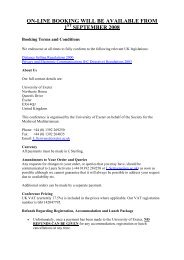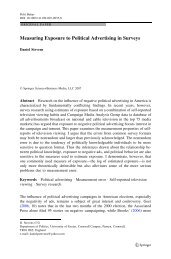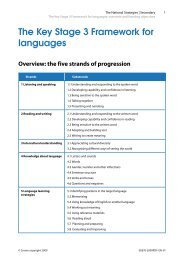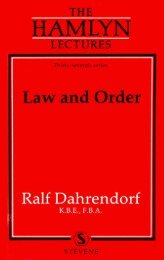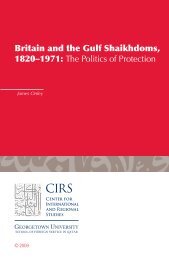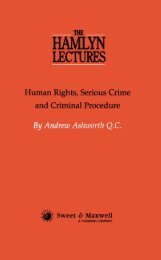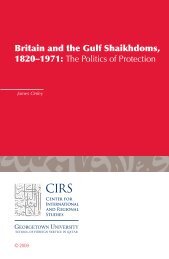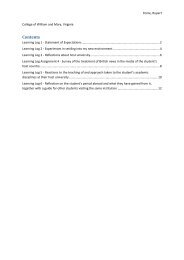Blackstone's Tower: The English Law School - College of Social ...
Blackstone's Tower: The English Law School - College of Social ...
Blackstone's Tower: The English Law School - College of Social ...
You also want an ePaper? Increase the reach of your titles
YUMPU automatically turns print PDFs into web optimized ePapers that Google loves.
Appendix<br />
few <strong>of</strong> the deviations are large or likely to be particularly significant.<br />
34 Nor is this convergence particularly surprising. In respect <strong>of</strong><br />
pay, promotion, terms <strong>of</strong> service and in many other ways they have<br />
been treated much the same as other academics. 35 This may be a<br />
reflection <strong>of</strong> the broader thesis that since the Second World War<br />
nearly all major public changes and decisions affecting the discipline<br />
<strong>of</strong> law in universities have been much more part <strong>of</strong> changes in<br />
higher education than <strong>of</strong> developments in legal practice and the<br />
legal system. 36 By and large this evidence suggests that academic<br />
lawyers are generally integrated into the academic pr<strong>of</strong>ession.<br />
<strong>The</strong>re is clearly a need for further research into the academic<br />
legal pr<strong>of</strong>ession over and above the current work by Pr<strong>of</strong>essors<br />
Sugarman and Leighton. Becher and Halsey are almost unique in<br />
providing a basis for comparing academic lawyers with colleagues<br />
in other disciplines. Both samples are small and relate to different<br />
times (1980 and 1989) in a rapidly changing context. It is possible<br />
that by using a questionnaire technique that dealt with attitudes<br />
and context Halsey's work would tend to encourage convergence;<br />
Becher suggests that academic culture is fragmented, but this is<br />
related more to ideas.<br />
As Becher acknowledges, sub-disciplines may be a better unit<br />
for comparison than whole disciplines 37 (commercial lawyers, legal<br />
theorists and public international lawyers belong to different clans,<br />
if not tribes) and it is probably also the case that comparing lawyers<br />
with other applied or s<strong>of</strong>t disciplines would also be illuminating. A<br />
specific study would need an appropriate theoretical framework.<br />
This is clearly just a modest start.<br />
Notes<br />
1 For more substantial essays on academic lawyers see "<strong>The</strong> <strong>Law</strong> Teacher as a<br />
Superstar", ALLD and "Good-bye to Lewis Eliot", (1980) JSPTL (NS) 2; see also<br />
the ILC Report, op. c/fc, paras 217-37 and Chap. 4, n. 31-34.<br />
2 op. cit, at p. 30.<br />
3 T. Bergin, (1968) 54 Virginia L. Rev. 637; a useful survey <strong>of</strong> the American literature<br />
on the theme is Douglas D. McFarland "Self-images <strong>of</strong> <strong>Law</strong> Pr<strong>of</strong>essors"<br />
(1985) 35 J. Legal. Educ. 232.<br />
4 Above, Chap. 2.<br />
s Halsey's main sample was larger, but this was weighted and included Scotland.<br />
<strong>The</strong> population used here covers academics in universities and polytechnics in<br />
England and Wales. This is a preliminary analysis, comparing the responses <strong>of</strong><br />
law teachers (hereafter L) to the rest (hereafter R) in response to Halsey's questionnaire<br />
(Halsey's questions are referred to as q.1, q.2, etc.) which is printed in<br />
Decline <strong>of</strong> Donnish Dominion (hereafter DDD), Appendix 1. <strong>The</strong> figures are<br />
expressed in percentages, e.g. L 70 / R 65 means 70% <strong>of</strong> lawyers compared to<br />
204




